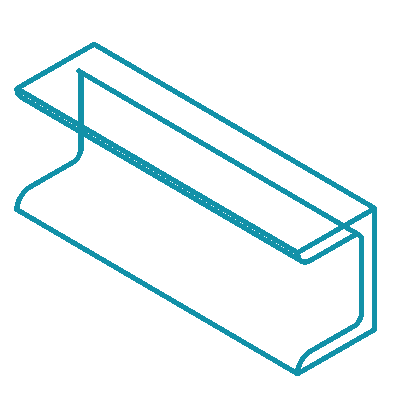
Best Flooring for Kitchen: 7 Durable and Stylish Tile Options
March 27, 2025
10 Modern Wall Texture Designs to Reshape Your Walls
March 27, 2025Clear glass is a fundamental material in home design, appearing in windows, doors, furniture, and decor. It enhances natural light and adds an open and modern touch to any space. With various types of glass available, homeowners must understand why is glass clear, the best options for different applications, and how to maintain it for long-term durability.
This guide provides essential information about clear glass, including its properties, types, uses, maintenance tips, and innovations.
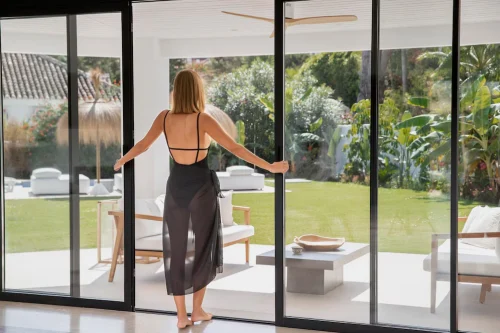
What is Clear Glass?
Clear glass is a transparent material without added colors or coatings, allowing full visibility through it. The clarity of clear glass depends on factors like the raw materials used, the manufacturing process, and the presence of impurities. Higher-quality glass has fewer bubbles, distortions, and a more uniform surface.
Types of Clear Glass for Homes
Different types of clear glass offer varying levels of strength, safety, and energy efficiency. The most common options include:
1. Float Glass
Float glass is the most basic type of clear glass. It is manufactured by floating molten glass on a bed of molten tin, which creates a smooth and uniform surface. While affordable and widely used, it is not very strong or impact-resistant.
2. Tempered Glass
Tempered glass undergoes a heating and rapid cooling process that makes it four to five times stronger than regular glass. If broken, it shatters into small, dull-edged pieces, reducing the risk of injury. This glass type is commonly used in windows, doors, partitions, and railings for enhanced safety.
3. Laminated Glass
Laminated glass consists of two layers of glass with a plastic film between them. This construction increases its strength and prevents shattering upon impact. If broken, the plastic interlayer holds the shards together, making it ideal for skylights, doors, and windows in areas prone to strong winds or break-ins.
4. Low-E Glass
Low-emissivity (Low-E) glass features a special coating that improves energy efficiency. It minimizes heat loss in winter and prevents excessive heat from entering in summer. Low-E glass windows are a smart choice for homeowners looking to enhance insulation and reduce energy costs.
Uses of Clear Glass in Your Home
Windows and Doors
Clear glass windows maximize natural light and create a spacious feel. Homeowners seeking energy efficiency should consider Low-E glass, while laminated or tempered glass enhances security and durability.
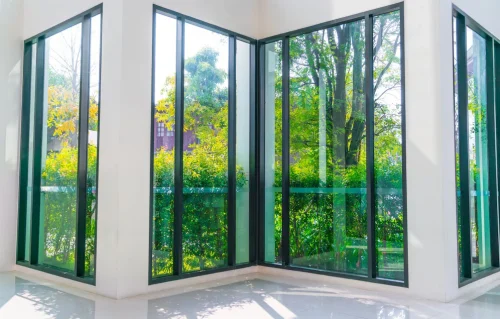
Shower Enclosures
Tempered glass is ideal for shower doors due to its high strength and safety properties. Frosted or patterned glass can be used for privacy while maintaining an elegant appearance.
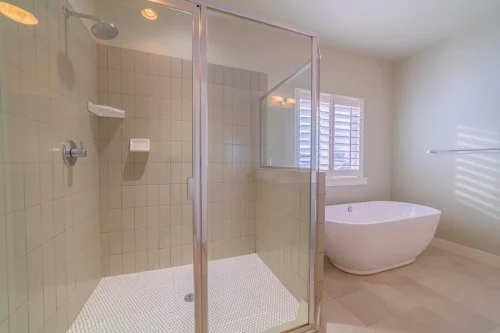
Tabletops and Shelving
Glass tables and shelves contribute to a modern aesthetic and help make smaller rooms appear larger. Tempered glass is recommended to prevent accidental breakage. Clear glass shelves work well in low-use areas, such as display sections for decorative items.
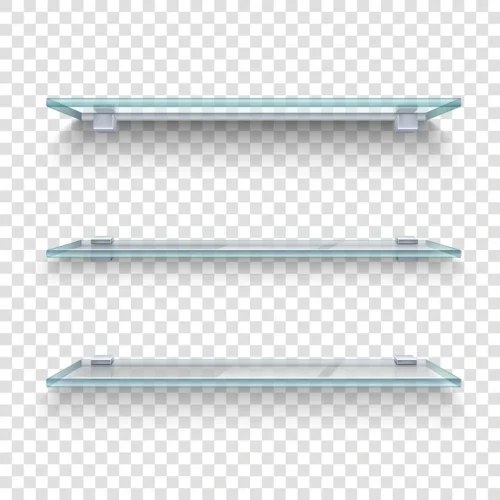
Glass Railings and Partitions
Modern homes increasingly incorporate clear glass for stair railings and balcony enclosures. This provides a sleek, contemporary style while maintaining an open atmosphere. Glass partitions serve as a stylish alternative to traditional walls, dividing spaces without reducing natural light or making rooms feel confined.
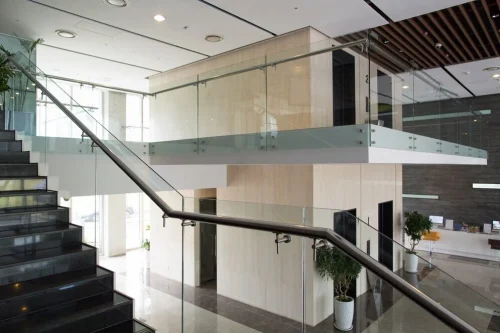
How to Clean and Maintain Clear Glass
Proper maintenance ensures clear glass remains in excellent condition.
Daily Cleaning
- Use a microfiber cloth and a solution of water and vinegar to wipe glass surfaces.
- Avoid abrasive sponges or cleaners that could scratch the surface.
- A squeegee helps remove water spots and prevent streaks on windows.
Preventing Scratches and Damage
- Place coasters or mats under objects on glass surfaces to prevent scratches.
- Apply a protective film to windows for added durability.
- Inspect glass regularly for cracks or chips and repair them promptly to prevent further damage.
Removing Hard Water Stains
- Spray a solution of equal parts vinegar and water on the stains, let it sit for a few minutes, then wipe clean.
- For stubborn stains, apply a baking soda paste and gently scrub the area.
Pros and Cons of Clear Glass in Homes
Pros:
- It enhances natural light, reducing the need for artificial lighting.
- It makes spaces look larger and more open.
- It also adds a modern and stylish touch to any home.
Cons:
- Clear glass requires frequent cleaning to maintain a spotless look.
- It needs proper care as it is fragile.
- It does not provide privacy like opaque glass.
Glass Innovations for Modern Homes
Homeowners today have more options when it comes to glass technology. Some exciting innovations gaining popularity are include:
- Smart Glass: This type of glass changes from clear to frosted with the push of a button, offering privacy when needed.
- Self-Cleaning Glass: These glasses are coated with special materials, this glass breaks down dirt and water spots, reducing maintenance.
- Acoustic Glass: Modern technology glass reduces noise pollution and makes it perfect for homes in busy areas.
Choosing the Right Clear Glass for a Home
Selecting the right type of clear glass depends on where it will be used and the specific needs of the space. While clear glass requires regular maintenance, especially in homes with children, it enhances aesthetics and creates a visually open environment.
For added durability, PVC doors and windows from Greenfortune provide excellent support for clear glass. These options complement various home styles and offer solutions for sliders, partitions, and other applications. A PVC profile enhances the finished look while improving longevity. Explore the available products today.
FAQs
- Does clear glass block UV rays?
Yes, standard clear glass blocks some UV rays but not all. If you want better UV protection, Low-E or laminated glass is a better choice. - Can clear glass be tinted after installation?
Yes, you can apply window films or coatings to tint clear glass after installation, helping with privacy, glare reduction, and UV protection. - Why does my clear glass have a greenish tint?
Regular clear glass contains iron, which gives it a slight green tint. Low-iron glass is an alternative if you want a truly colorless look. - Is there a way to make clear glass more private without replacing it?
Yes, you can use frosted film, blinds, curtains, or smart glass coatings to add privacy while keeping the benefits of natural light.


